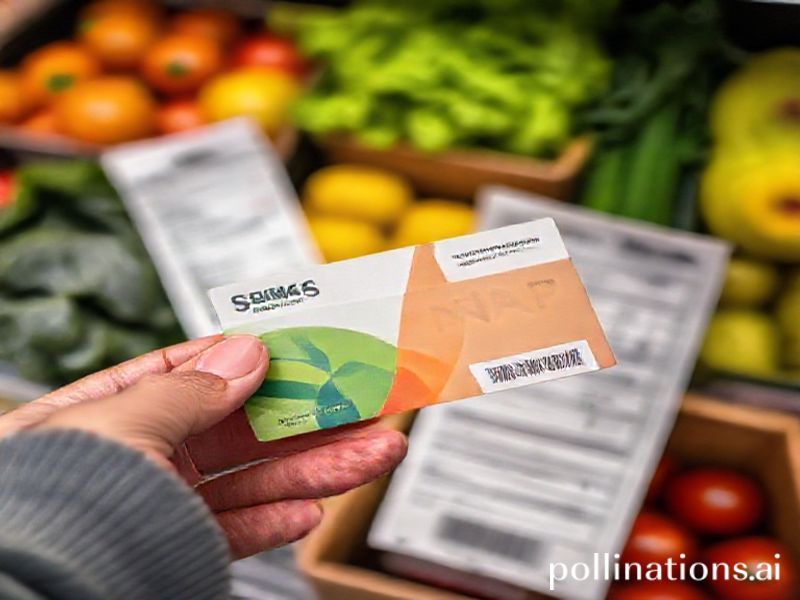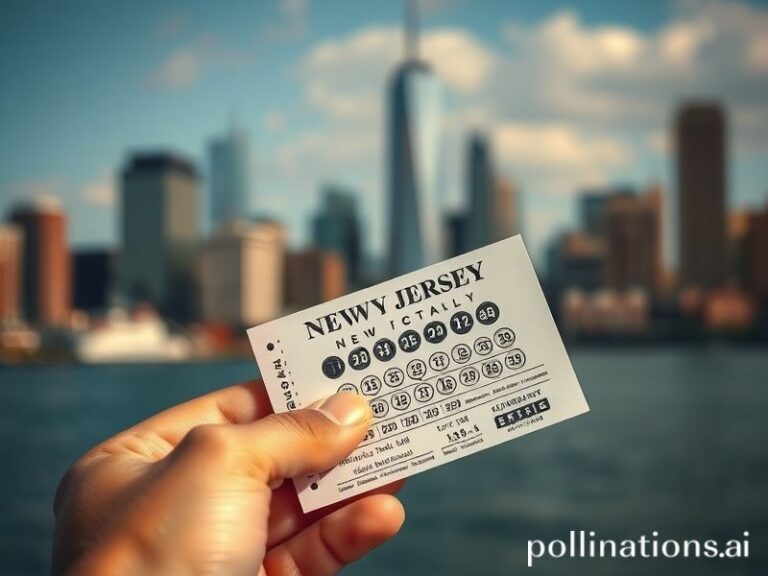SNAP to It: Why the USDA’s Food Stamp Program is Suddenly Everywhere on Your Feed
**Title: “SNAP to It: Why the USDA’s Food Stamp Program is Suddenly Everywhere on Your Feed”**
Alright, folks, let’s talk about something that’s been popping up on your feeds more than your ex’s questionable life choices: the USDA’s SNAP benefits, or as we used to call them, food stamps. Suddenly, everyone from your aunt in Ohio to that guy you follow who reviews hot sauces is talking about it. But why? Let’s dive in.
**The Cultural Context: From Stigma to Spotlight**
Once upon a time, talking about food stamps was about as comfortable as a cactus pillow. But thanks to a perfect storm of economic upheaval, viral moments, and a pandemic that’s made us all a little more empathetic, SNAP benefits have stepped out of the shadows and into the spotlight.
First, there’s the cultural shift. We’ve gone from “pull yourself up by your bootstraps” to “hey, maybe we should all have bootstraps first.” The internet has played a huge role in this, with stories of SNAP recipients going viral, showing the world that people relying on food assistance aren’t some faceless, lazy stereotype, but real people with real struggles.
Then there’s the economy. Inflation’s been going up like a bad burrito, and suddenly, even folks who never thought they’d need assistance are finding themselves at the SNAP office. It’s like that moment in a horror movie when the zombie apocalypse hits, and you realize, “Oh crap, I’m part of this now.”
**The Social Impact: A Lifeline in Trying Times**
SNAP benefits aren’t just a trending topic; they’re a lifeline for millions. In 2022, about 41 million people in the U.S. relied on SNAP to put food on the table. That’s a lot of people, and it’s not just individuals. Families, veterans, even people with jobs are relying on this assistance to make ends meet.
The social impact is immense. SNAP benefits stimulate the economy, reduce poverty, and improve health outcomes. Plus, they’re a key part of the social safety net, catching people when they fall and helping them get back on their feet.
But it’s not all sunshine and rainbows. SNAP benefits are often stigmatized, and the application process can be a nightmare. Plus, the benefits don’t always cover enough to live on, leaving many recipients struggling to make ends meet.
**Why It’s Significant: A Global Conversation**
So why is this trending globally? Well, for one, the U.S. is a cultural export machine. When we sneeze, the world reaches for the tissues. Plus, many countries have their own versions of SNAP, and the global economic situation isn’t exactly a picnic.
But perhaps the biggest reason is that SNAP benefits are a symptom of a larger issue: income inequality. It’s a conversation that’s happening everywhere, from the streets of Paris to the alleys of Tokyo. And as more people realize that the system is rigged, they’re looking for solutions. SNAP benefits are one of those solutions, and that’s why they’re trending.
**Conclusion: The Future of SNAP Benefits**
So, what’s next for SNAP benefits? Well, the future is as clear as mud. On one hand, we’ve got politicians who want to cut benefits, claiming they’re a drain on the economy. On the other, we’ve got activists and advocates pushing for expansion and reform.
But one thing’s for sure: SNAP benefits aren’t going away anytime soon. And as long as there are people struggling to put food on the table, they shouldn’t. So let’s keep the conversation going, folks. Because the more we talk about it, the more we can do to help.
And remember, if you’re struggling, you’re not alone. There’s no shame in asking for help, and SNAP benefits are there for a reason. So don’t be afraid to reach out and grab that lifeline.
—







